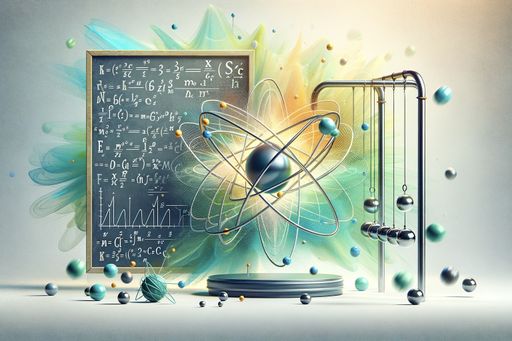Quantum Batteries Could Provide a New Kind of Energy Storage by Messing With Time
Physicists are exploring the possibility of using quantum batteries as a new form of energy storage that takes advantage of quantum phenomena, including time manipulation.

Charging Quantum Batteries
Conventional batteries use charged ions that move back and forth to store and release energy. However, these batteries lose energy quickly and are not efficient. Researchers are now considering quantum batteries that utilize microscopic particles, such as arrays of atoms, for energy storage.
By harnessing quantum phenomena, scientists can explore new ways to store energy that challenge our understanding of physics at the microscopic level. Physicist Yuanbo Chen and his colleagues at the University of Tokyo and the Beijing Computational Science Research Centre have conducted experiments to create a quantum battery that allows for simultaneous charging stages, promising improved energy storage and thermal efficiency.
Superposition and Time Manipulation
The concept of superposition, commonly associated with quantum computing, allows particles to exist in multiple states simultaneously until they are measured. Researchers have recently discovered that superposition can also affect the natural order of time. In classical physics, events occur in a fixed linear order. However, in the quantum realm, events can unfold along two parallel paths at once, disrupting the linear timeline.
To apply this concept to energy storage, Chen and his team used a quantum switch and different charger configurations to create a system capable of drawing energy from two chargers simultaneously. The results showed significant improvements in energy storage and thermal efficiency. Surprisingly, the researchers found that a less powerful charger actually resulted in a higher energy storage capacity.
Although the current quantum battery is only a lab demonstration, it provides insights into the potential of quantum energy storage in the future. The study was published in Physical Review Letters.



